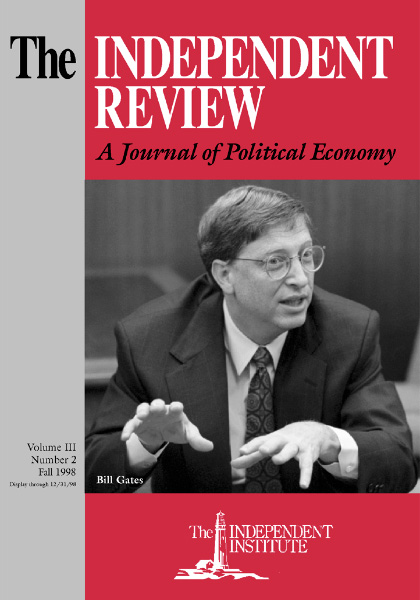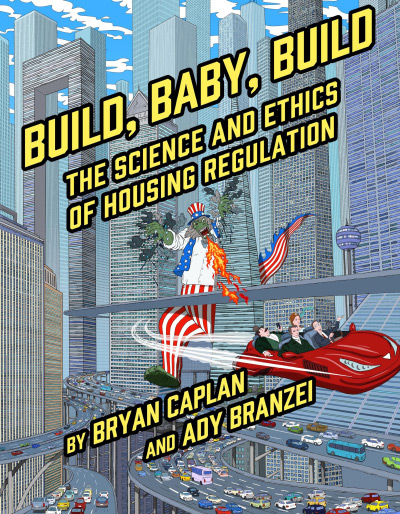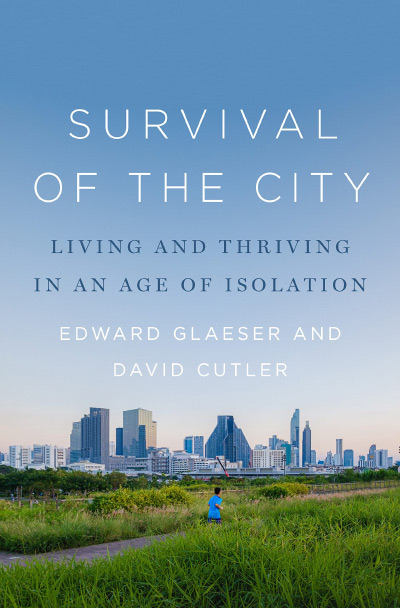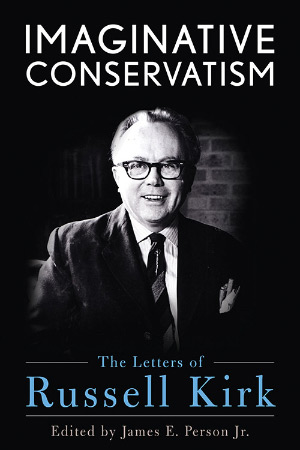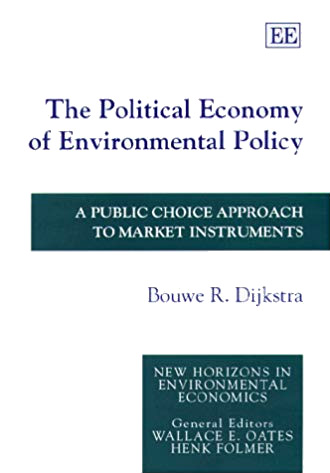Some years ago, I was asked by the editor of a regional magazine in New England to research a small piece of social history, that of a single, older house in Boston and all the families who had ever lived in it. The assignment turned out to be a captivating one for a number of reasons. The house I chose turned out to have been caught in successive waves of socioeconomic and ethnic change in ways that made those perennial dynamics of urban neighborhoods come to life.
Among the most significant revelations to emerge from the research about that one house in the city’s Dorchester district was how the small neighborhood around it had been shaped in the mid- to late nineteenth century and the early twentieth century. Developers seeking to create an upper-middle-class enclave on Mount Bowdoin, a hill south of the central city, used a wide range of devices. Deeds included prohibitions against “grog shops” and industrial uses. Once the homes were built, neighbors formed private associations to develop a neighborhood “reading room”—a private library. When one house became a neighborhood nuisance, the same neighbors’ group purchased it and devised ways to recruit a respectable buyer. All of which meant that, in an era before professional urban planners and the municipal power to specify which sorts of buildings should be built where—the power called zoning—cities had ways to manage rather well. Private agreements and voluntary associations combined to create pleasant residential districts and quasi-public amenities.
Obviously, then, the virtual ubiquity of zoning in American cities, suburbs, and even developing rural areas does not necessarily imply that without it the places in which we live would be a chaotic mishmash of dreaded “mixed uses.” There is even reason to believe that cities organized differently might provide better for their residents. That idea has been among the central propositions espoused by the distinguished University of San Diego law professor Bernard Siegan, both in his classic 1972 book Land Use without Zoning and now, again, in his latest work, Property and Freedom: The Constitution, the Courts, and Land-Use Regulation.
In his new book Siegan builds on his earlier work, which sketched the ways and means by which complex metropolitan areas can function without zoning, using the still-unzoned Houston as his case in point. Property and Freedom combines a review of key Supreme Court decisions of the past twenty years and an extended comparison of housing costs in comparable zoned and unzoned cities. Together, these observations provide the basis for Siegan’s core arguments: that those who believe that land-use regulation can amount to a state taking of development rights without adequate compensation can find new support in underappreciated recent court decisions; and that forgoing zoning can be a benefit, not a curse.
As a legal scholar, Siegan is, in effect, providing a road map of precedents for those who would seek to put chinks in the armor of the zoning that surrounds development in the United States today. A series of Supreme Court decisions beginning in 1987, he asserts, has greatly strengthened the hand of those who would view land-use legislation as an uncompensated legal taking, barred by the Fifth Amendment. Based in the Court’s rulings in cases such as that of a South Carolina shoreline-property owner effectively denied the right to do anything (except, perhaps, pitch a tent) on his beachfront and that of an Oregon plumbing-supply store owner denied the right to expand unless she dedicated part of her land to a public bike path, Siegan charts the Court’s application of so-called “intermediate scrutiny”—not the “strict scrutiny” of race-based claims but a heightened level of judicial scrutiny nonetheless and one greater than “minimal scrutiny.”
“As a result of [these] land-use decisions,” writes Siegan, “protection of the property right now enjoys very respectable stature at the nation’s highest court” (p. 113). Effectively, he is urging on others who believe they can show, among other things, that high-minded language about the public interest, used to justify land-use law, may actually mask private interests—including the transfer of benefits from an owner to a community or to those with other plans for the land, without payment. “Legislatures,” he writes, “must show justification for imposing restraints and must not act to bar liberty solely as a matter of preference. Their purpose must be to serve a public and not a private interest” (p. 115). Just because some people prefer their recreation in the form of bike-riding (as I, for one, do) does not mean that activity constitutes a public purpose.
A key payoff of fewer restrictions on land development, Siegan implies, is less expensive housing, a proposition he seeks to establish through a comparison of costs in unzoned Houston and conventionally zoned Dallas. Moreover, says Siegan, such costs are merely a symptom of a generally suboptimal allocation of land to which zoning—largely because it inevitably becomes politicized at the local level—is likely to lead.
“Public land-use planning in a democratic society is doomed to failure,” he writes. “[It] implies an orderly, rational process designed to best use the land for the present generation and for future generations. It also implies that there are experts in planning who know how to manage resources to achieve these goals” (p. 184). Planners, he asserts, are likely to seek to codify their own values, and, worse still, elected officials may favor cronies. Zoning, in other words, creates a vehicle susceptible to corruption, while stifling the natural adaptability of living, breathing cities and their myriad individual plans and dreams. (On Boston’s Mount Bowdoin, for example, owners of large, older, nineteenth-century homes were barred by regulation from easily converting them to multifamily use. The result was abandonment and sharp neighborhood decline.)
One wishes that, rather than being mentioned in passing, such argument had formed the heart of the book. Siegan—unless he views his audience as primarily one of legal practitioners—provides too much detail about the evolution of court decisions and neglects to weave the public-policy argument that follows from his detail. Zoning, such a policy argument might have said, is more subject to legal challenge than it has been since it was first judicially sanctioned in 1926. Such a challenge would be a good thing because of the injury zoning causes to specific private interests (in a way that affronts constitutional protection) and the ill effects it has on the general interest, even though it seems, at times, to offer protection. Further—one can again infer from Siegan, although he does not develop the theme—zoning can be safely replaced by a system of private agreements that will protect and serve the general public. Putting these arguments front and center would have forced Siegan to confront complications he avoids: zoning appears to be popular (Houston’s fascinating votes against it notwithstanding), for example, and few municipalities seriously entertain the idea of giving it up.
Bernard Siegan has provided the raw material to support a full-bore rejoinder to conventional planning wisdom. However, he does not make an integrated historical and legal policy argument himself. One wishes he had done so. The need, as he well demonstrates, is great.

